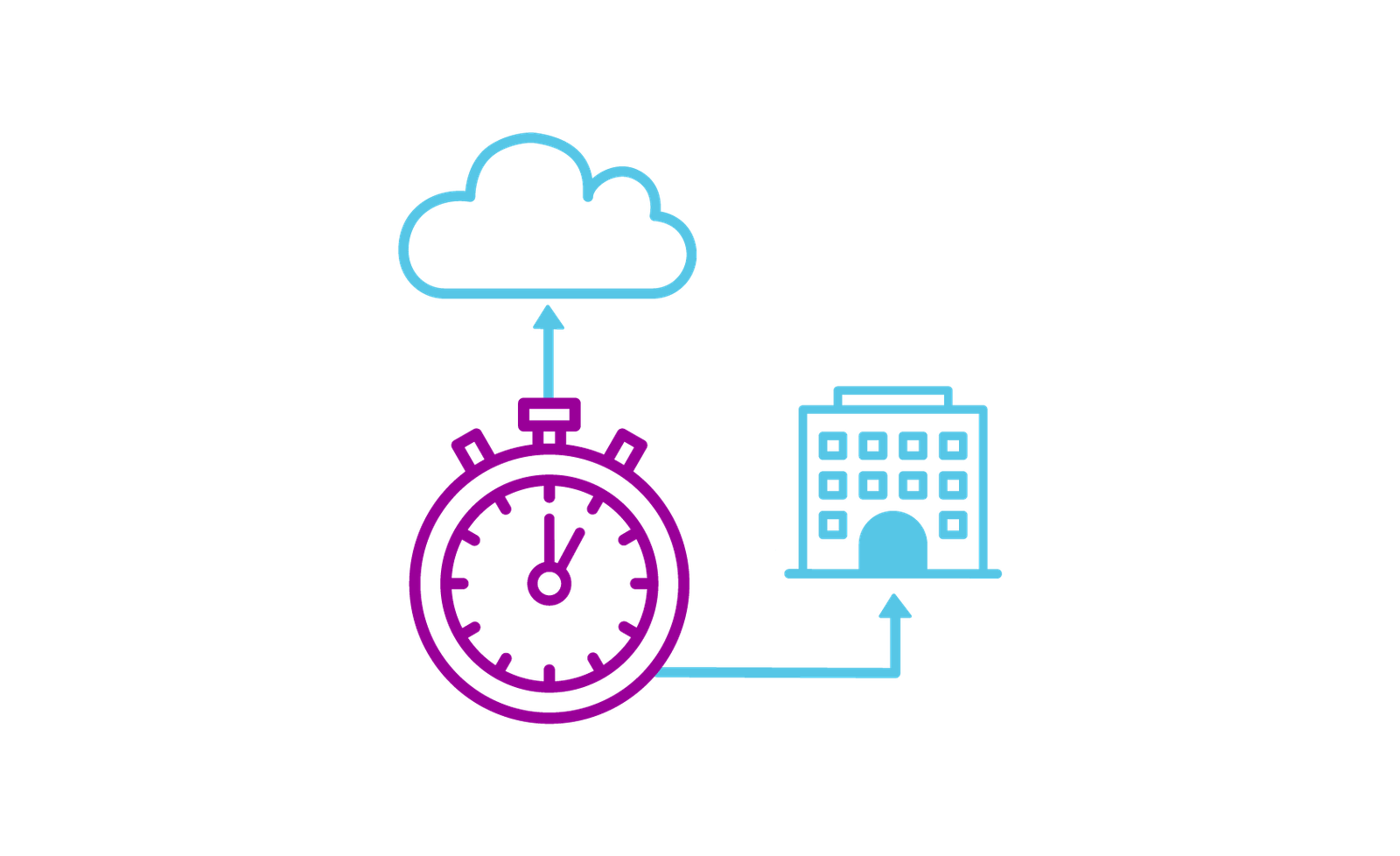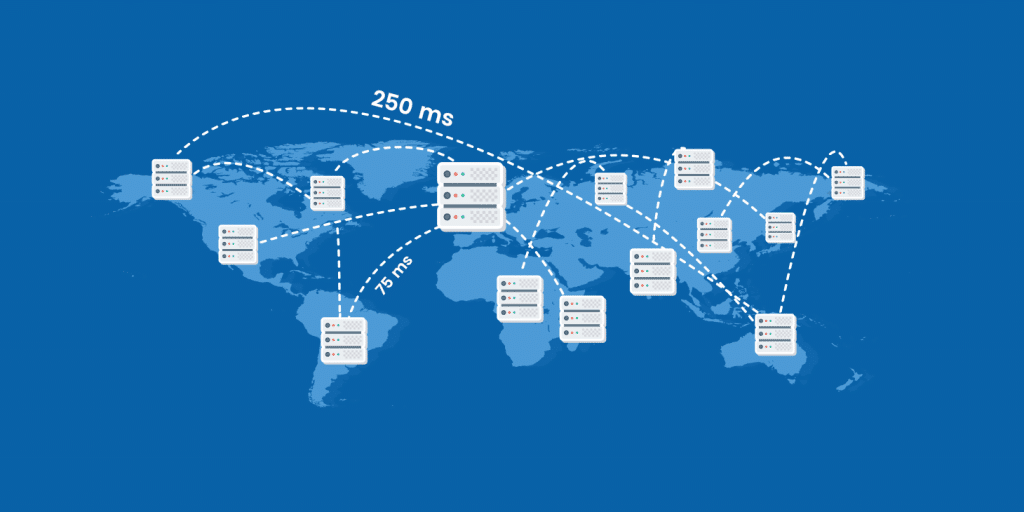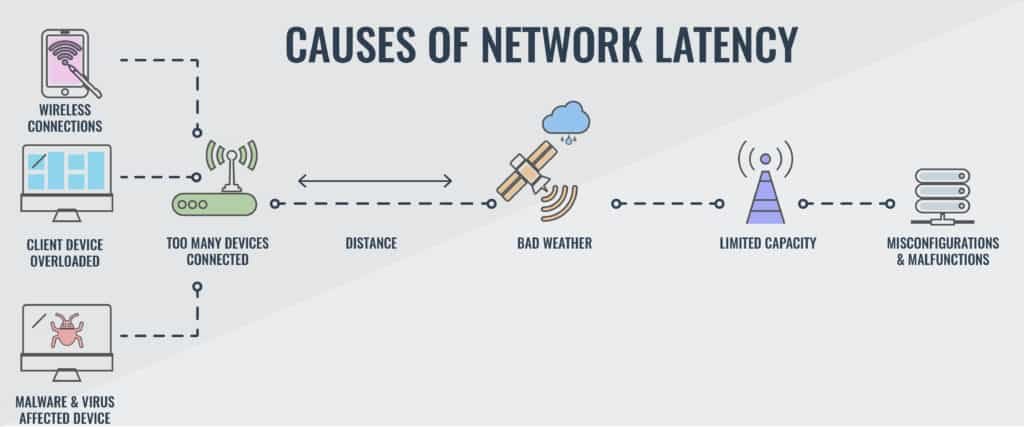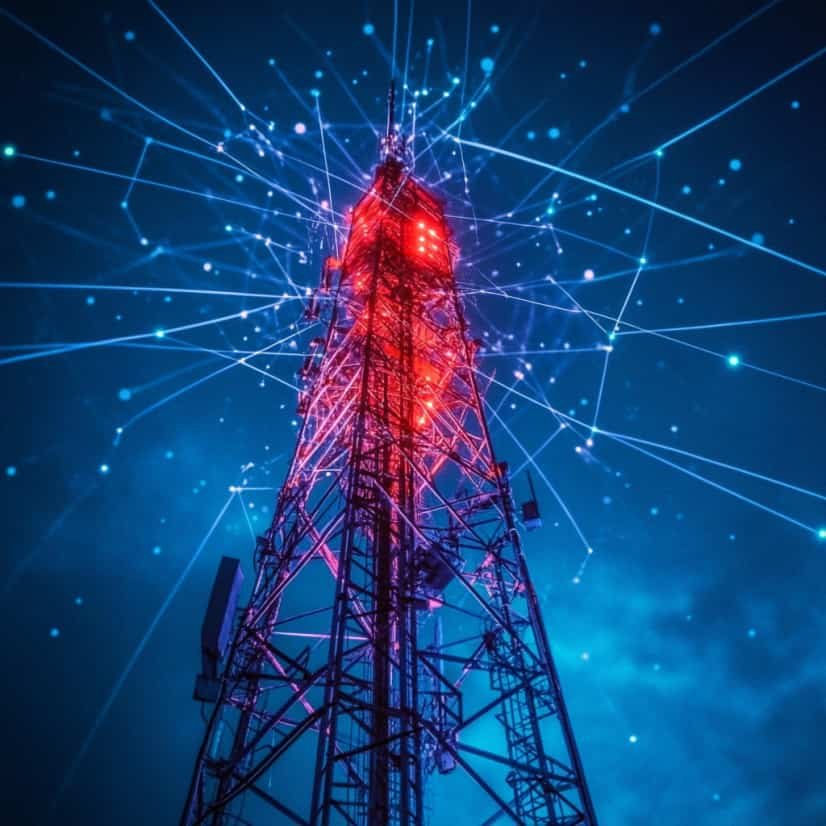In a world where speed defines everything—from how fast a video loads to how quickly your command reaches a server—low latency is a term that keeps coming up. But what does low latency actually mean, and why is it suddenly a big deal across gaming, finance, streaming, and even your headphones?
Let’s unpack it in a clear, real-world way—no jargon, just what you need to know.
Table of Contents
Low Latency Meaning: What Does Low Latency Mean?
At its core, latency is the delay between an action and its response. So low latency simply means very little delay.

Think of it like this: you click a button on your controller, and something happens on the screen. If there’s a noticeable delay, that’s high latency. If the reaction feels instant, that’s low latency.
According to Cisco, “Low latency ensures that data packets move with minimal delay across the network.” In plain language: it’s the difference between feeling like you’re playing in real-time or like you’re constantly a step behind.
Why Is Low Latency Important?
If you’ve ever played an online game where your shots fired after the enemy already moved, or joined a video call where voices were out of sync, then you’ve experienced what poor latency feels like.

Here are just a few areas where low latency is crucial:
- Gaming: Low latency gaming isn’t just a luxury—it’s the difference between winning and losing. Competitive gamers especially rely on settings like NVIDIA Low Latency Mode or Reflex 2 Low Latency Gaming to get the most real-time response possible.
- Video Calls & Streaming: Whether it’s Zoom or Twitch, low latency streaming ensures voices match lips and viewers can interact in near real time.
- Bluetooth Audio: Ever watched a video with Bluetooth headphones and noticed the sound comes late? That’s why terms like aptX Low Latency or low latency Bluetooth headphones are so important.
- Trading: In low latency trading, milliseconds mean millions. Entire firms build low latency network architectures just to gain an edge.
- Live Events & Conferencing: For things like low latency video conferencing, syncing audio and video perfectly makes virtual communication feel more natural.
So, is low latency good? Absolutely. It’s not always about speed, but about the consistency and reliability of that speed.
What Is Low Latency Mode?
Many devices and applications offer a setting called Low Latency Mode.

You’ll find it in places like:
- The NVIDIA Control Panel, where enabling low latency mode NVIDIA prioritizes reducing lag between input and output.
- Bluetooth transmitters, where an auto low latency mode ensures your wireless headphones stay in sync with what you see.
- Streaming platforms like Twitch, which offer a low latency Twitch mode to help streamers and viewers interact with minimal delay.
There’s even Ultra Low Latency Mode, a step beyond, used in fields like high-frequency trading or ultra low latency video streaming, where even a few milliseconds matter.
What Causes Latency?

Latency isn’t just about speed—it’s about what happens in between. Common causes include:
- Network congestion
- Server response times
- Physical distance
- Device processing delays
As Informatica notes, “Low latency systems are designed to handle large volumes of data with minimal delay.” That could be a low latency internet connection, a low latency network design, or low latency audio interfaces used in professional recording setups.
Coming Up: From Ultra Low Latency Streaming to aptX Audio
In the second half of this article, we’ll break down:
- The difference between low latency Bluetooth and regular Bluetooth
- How low latency gaming impacts esports performance
- The tech behind low latency audio and low latency earbuds
- What “building low latency applications with C++” really means (and why it’s mentioned so often)
- What to look for in low latency wireless headphones
- And a few myths—because not all “low latency” marketing claims are as real-time as they sound
Stay tuned for the full breakdown, including examples of devices like Alienware monitors, NVIDIA Reflex-ready gear, and real-world latency benchmarks.
How Low Latency Works in Practice
Let’s look at a few common areas where low latency is essential—and how different technologies try to achieve it.
Low Latency in Gaming
If you’re a gamer, you’ve likely heard of terms like NVIDIA Low Latency Mode or Reflex 2 Low Latency Gaming. These technologies exist for one purpose: to cut the delay between pressing a button and seeing the action on-screen.
- NVIDIA Low Latency Mode reduces the number of frames queued by the graphics card, speeding up response times.
- Reflex helps competitive players by syncing the GPU and CPU to reduce latency even more—especially in fast-paced games like Fortnite or Valorant.
A key feature for gamers is also Auto Low Latency Mode (ALLM), available on modern TVs and consoles. It automatically switches the display into gaming mode when you launch a game, helping reduce input lag.
In simple terms: low latency = faster reactions = better performance.
Low Latency in Streaming & Video
Streaming a video? Watching a live Twitch stream? Hosting a Zoom meeting?
Latency shows up in different ways here too:
- Low latency streaming means less delay between what’s happening and what you’re seeing.
- Platforms like Twitch allow streamers to enable low latency mode, which shortens the time between stream broadcast and viewer reception—so chat interactions happen closer to real-time.
- Low latency video conferencing ensures voice and video stay in sync, avoiding awkward delays.
And when it comes to live broadcasting or remote production, ultra low latency streaming helps teams manage live edits, camera switching, and captions in sync.
Low Latency in Audio and Bluetooth
Ever watched a video where the lips don’t match the voice? That’s latency.
Bluetooth audio used to have a bad reputation for lag—but newer technologies are fixing that:
- aptX Low Latency: A Bluetooth codec developed to reduce lag between audio and video. Ideal for watching movies or gaming.
- Low latency Bluetooth headphones: These use specialized chips and codecs to deliver sound with less than 40ms delay.
- Low latency audio interfaces: In music production, producers use these interfaces to hear themselves in real time while recording vocals or instruments.
For example, if you’re wearing low latency wireless headphones while gaming or editing, you’ll notice tighter sync and fewer distractions.
Low Latency in Networks and Infrastructure
Behind every fast interaction is a network designed to handle huge data flows without delay.
A low latency network isn’t just fast—it’s optimized for consistency, with minimal jitter or packet loss. This matters especially in:
- Low latency trading: Used by financial firms to execute trades in microseconds. A delay of even a few milliseconds can affect millions of dollars.
- Low latency internet: Often marketed by ISPs for gaming or streaming, where delay matters more than bandwidth.
- Low latency hardware companies: From Cisco to NVIDIA, many firms build products specifically to minimize latency across systems.
Developers also use specialized programming techniques. Books like Building Low Latency Applications with C++ by Sourav Ghosh explain how every nanosecond counts when designing software for finance, security, or cloud infrastructure.
How to Reduce Latency
Want a more responsive experience?

Whether you’re gaming, streaming, or on a call, here are a few tips:
- Use a wired connection instead of Wi-Fi where possible.
- Turn on Low Latency Mode in your GPU settings (e.g., NVIDIA Control Panel).
- Use Bluetooth devices with aptX Low Latency support.
- Avoid network congestion by upgrading your router or using QoS settings.
- Choose a display with Auto Low Latency Mode (ALLM) for gaming.
- Use modern protocols like WebRTC or Low Latency HLS (LL-HLS) when streaming.
Is Ultra Low Latency Always Better?
Not always. There’s a balance between quality and responsiveness. For example, some ultra-low latency video streaming methods might reduce buffering but also lower image quality.
Same with low latency networking—going ultra-low might mean more expensive hardware or infrastructure changes.
In gaming, however, ultra-low latency monitors, like those from Alienware or ASUS ROG, paired with high refresh rates and fast response times, can offer a real edge. You’ll also see this tech in models like:
- Alienware AW2725DF OLED Gaming Monitor – 360Hz refresh rate, WQHD, and ultra-low latency
- ASUS ROG Swift PG27AQDM – 0.03ms OLED with G-SYNC for competitive gaming
Final Thoughts: Why Low Latency Is the Future
Low latency isn’t just a buzzword—it’s an expectation.
Whether you’re gaming with friends, joining a live event, or building trading software, low latency makes everything smoother, faster, and more natural.
From low latency Bluetooth and streaming platforms, to network design and audio gear, the shift toward real-time responsiveness is everywhere.
And as more devices, apps, and networks push toward ultra-low latency, the line between real and digital becomes even thinner—helping us stay connected, competitive, and in control.